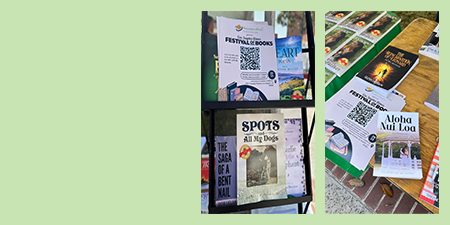Chaos theory and hidden order as evidence of design.
In the natural world, chaos often seems to reign. We observe unpredictable weather, fluctuating markets, and the fragile course of human lives, all of which appear governed by randomness. Yet science has shown us that even within chaos, patterns and laws exist. This paradox, the presence of order in what looks like disorder, has long fascinated both scientists and philosophers. For J. Lynn Currie, author of I Believe in Santa Claus and I Believe in God, it becomes a profound reason to believe in design.
Chaos theory, a relatively young field in mathematics and physics, teaches that behind seemingly random systems lie structures of remarkable beauty and precision. Weather, the growth of populations, and even the spread of diseases exhibit patterns that only reveal themselves when observed through the right lens. James Gleick, in his groundbreaking work Chaos, called this a “science of process rather than state.”
Currie draws on these insights to reflect theologically: if chaos contains hidden order, then the universe itself bears evidence of laws that govern it. And laws, he argues, are not self-originating. They point beyond themselves to a lawgiver, a mind that designed both the order and the apparent randomness in which it is embedded.
Randomness, Currie suggests, is never wholly random. A simple illustration is the bell-shaped curve produced by random sampling. Whether in test scores or coin flips, the curve emerges consistently, hinting at a mathematical structure underlying chance. To Currie, this is no trivial fact, it is a marker of order woven into the fabric of existence.
Such reflections resonate with the classic “watchmaker” analogy: if a watch, complex and purposeful, implies a watchmaker, then surely the intricacies of the universe imply something greater than blind chance. In his words, randomness cannot account for the sustained complexity and interdependence that make both the universe and life possible.
What makes Currie’s approach beautiful and compelling is his honesty about doubt. He does not claim absolute proof of God’s existence. Instead, he presents belief as a rational and reasonable choice in light of the evidence. Faith, for him, is not a blind leap but a step grounded in reflection on science, philosophy, and personal experience.
Currie’s life adds weight to his reflections. Having once lost his faith amid trials and suffering, he eventually returned to belief with a deeper conviction. His writing is not detached speculation but the testimony of someone who has walked through chaos and found in it a pattern pointing to God.
In the end, Currie’s reflections offer more than abstract arguments. They speak to the human condition. If chaos itself hides order, then our lives, though often fragmented and unpredictable, may also be held within a larger design. The beauty, awe, and joy we sometimes encounter become, in his view, signposts of the divine.
As the psalmist wrote, “The heavens declare the glory of God.” For Currie, the same could be said of chaos: even in disorder, the imprint of order and design shines through.
Chaos theory and the hidden order within randomness remind us that what appears meaningless may, in fact, point to meaning. J. Lynn Currie’s reflections challenge us to see not only the unpredictability of life but also the deeper structure that sustains it, a structure that, for him, is best explained by the hand of God.
Purchase I Believe in Santa Claus and I Believe in God: Why I Believe” by J. Lynn Currie via these links:
- Walmart: https://www.walmart.com/ip/I-Believe-in-Santa-Claus-and-I-Believe-in-God-Why-I-Believe-Hardcover-9798893894424/10717607468?classType=REGULAR&from=/search
- Amazon: https://www.amazon.com/Believe-Santa-Claus-God-Why/dp/B0CYSQBDPW
- ARPress – https://authorreputationpress.com/bookstore/i-believe-in-santa-claus-and-i-believe-in-god-why-i-believe/






